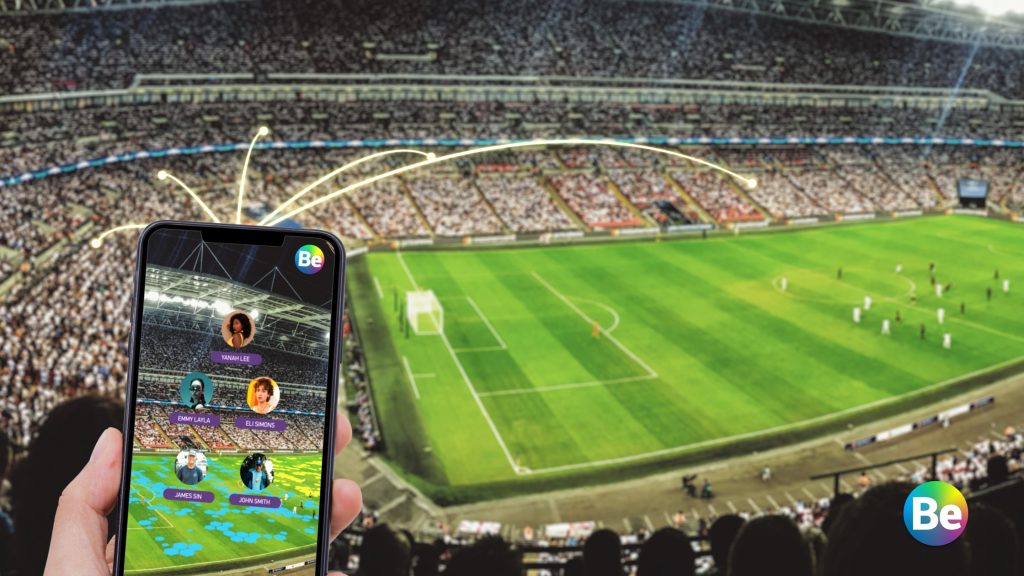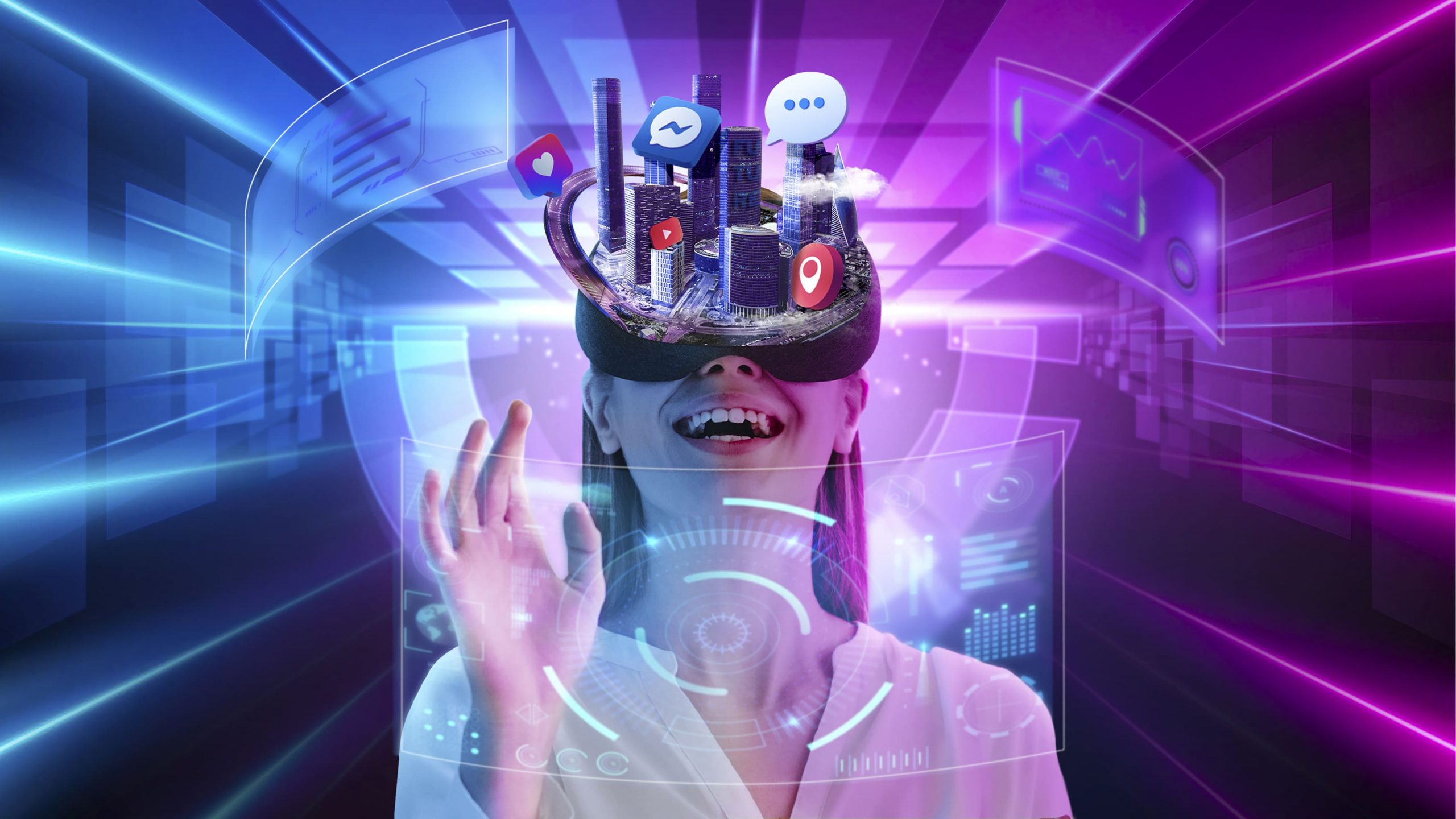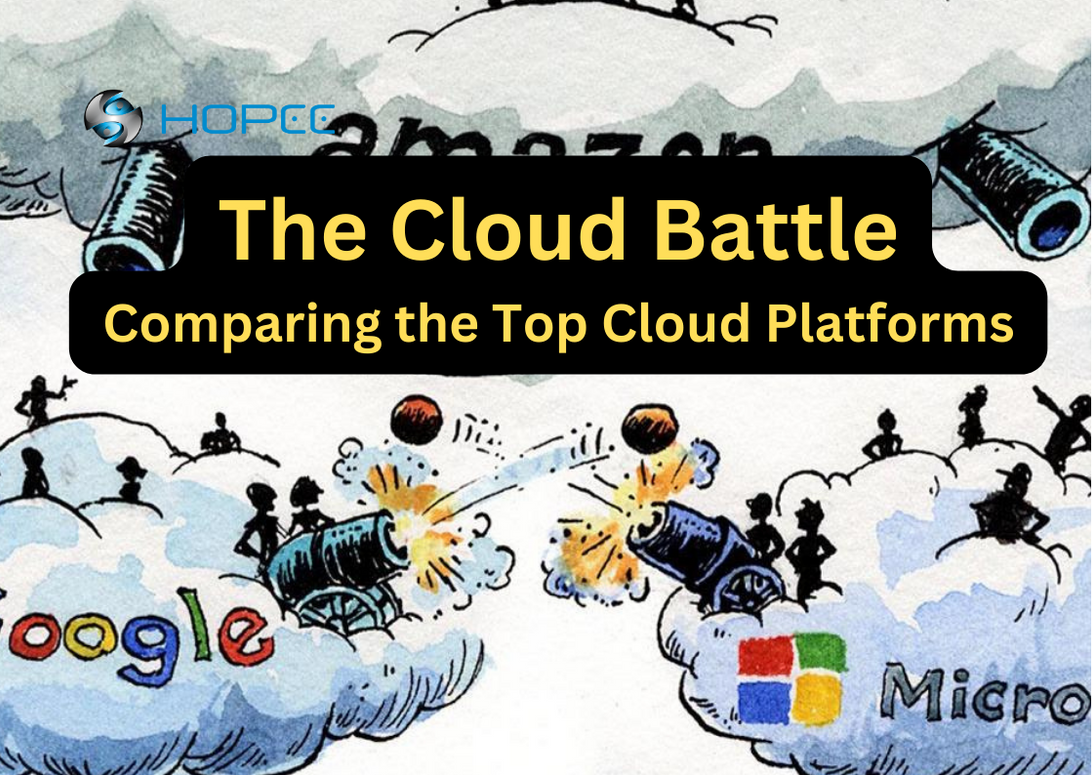AR (Augmented Reality) has come a long way since its inception, and it is one of the most exciting technological advancements in recent years. AR has the potential to change the way we interact with the world around us, from enhancing our shopping experiences to revolutionizing how we learn and work. In this blog, we will explore the potential of AR, its likely impact on various industries, and the challenges it will face in the coming years.
1. The Current State of AR
AR has been around for a few years now, and it has made some impressive strides. The most popular example of AR is, of course, Pokemon Go, the mobile game that took the world by storm in 2016. Since then, AR has been incorporated into various industries, such as healthcare, education, retail, and entertainment. One of the most exciting developments in AR is its integration with wearable technology, such as smart glasses and AR-enabled headsets. This technology has the potential to change the way we interact with the world around us, as we will be able to see and interact with virtual objects in real-time.

2. AR in Retail
AR has the potential to revolutionize the retail industry by enhancing the shopping experience for customers. With AR, customers can visualize products in their homes before making a purchase, which can reduce the number of returns and increase customer satisfaction. For example, furniture retailers can use AR to help customers visualize how a piece of furniture would look in their home before making a purchase. This technology can also be used to create virtual shopping experiences, where customers can explore a store from the comfort of their homes.
3. AR in Education
AR has the potential to transform the way we learn by creating immersive and interactive learning experiences. For example, AR can be used to create virtual field trips, where students can explore historical sites or scientific phenomena in real-time. AR can also be used to enhance language learning, by providing students with real-world visualizations of words and phrases. This technology can also be used to create more engaging and interactive learning experiences, which can increase student engagement and knowledge retention.
4. AR in Healthcare
AR has the potential to improve healthcare experiences by providing real-time data and information to healthcare professionals. For example, AR can be used to provide doctors with real-time medical information, such as patient vital signs, which can improve diagnosis and treatment. AR can also be used to create virtual patient simulations, which can help healthcare professionals practice complex procedures and improve their skills.
5. AR in Entertainment
AR has the potential to revolutionize the entertainment industry by creating immersive and interactive experiences for movies, TV shows, and gaming. For example, AR can be used to create virtual worlds that users can explore, or to provide real-time visualizations of live events, such as sports games or concerts. AR can also be used to enhance the gaming experience, by creating more interactive and immersive environments.

6. The Challenges of AR
While AR has great potential, it also faces significant challenges. One of the main challenges is the cost of development and implementation, as creating AR experiences can be expensive and time-consuming. Another challenge is the lack of standardization, as there are currently no established guidelines or best practices for creating AR experiences. This can lead to inconsistencies in the user experience and may make it more challenging for companies to create compelling AR experiences.
In conclusion, AR is an exciting technology that has the potential to transform the way we interact with the world around us. From enhancing our shopping experiences to revolutionizing how we learn and work, AR has the potential to change the way we live our lives. While there are challenges to overcome, the future of AR looks bright, and we can expect to see more innovative and creative uses of this technology in the years to come.




